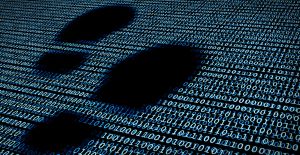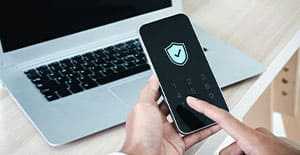Do you remember the last time you’ve cleared the cache on your MacBook or other Apple device? If you never have or it’s been longer than you can remember, it’s not a bad idea to set a reminder to perform this simple maintenance task every now and again. Cached files store up in your browsing system whenever you browse the internet. Too many cached files can eventually wreak havoc on your operating system and slow it down over time. No matter which browsing platform you use, cleaning up your browser data only takes a few minutes of your time at most. Follow the guidelines below to learn more about cached files and how to clear browser cache on Mac laptops.
What is browser cache?
Each time you hop on the internet, your laptop downloads and stores browsing cache to spare you time on your next browsing session. This process prevents your device from downloading the same files every time you visit the same webpage. Saved cache files can include videos, images, scripts, and other media files.
Why clear cache on your Mac?
Cached data helps web pages load more quickly when you visit a site more than once. Unfortunately, too many cached files on your laptop can cause your browsing system to lag over time. Chances are, you won’t need to return to every site you’ve browsed in the past. It’s best to perform routine maintenance by clearing the stored website data out every so often using the processes below.
How to Clear Browsing Data in Safari
To start, open Safari. Once you’re in your Safari browser, double click on the Safari menu in your drop-down menu bar and select Preferences. Some users prefer holding down Command-Comma(,) as a shortcut to get here.
Next, navigate to the Advanced tab. Check the Show Develop menu box in the menu bar and close out your Preferences window. Then, head back to the menu bar. Click on the Develop menu > Empty Caches. You can also use Command-Option-E as a shortcut.
How to Clear Browser Cache in Google Chrome
First, open Chrome and click on the three vertical dots in the upper-righthand corner. Then, choose Settings. Once you’re in the Settings menu, click on Privacy and security on the left side of your screen.
To proceed, select Clear browsing data. Under the Time range, you’ll have the option of clearing data anywhere from the last hour, last 24 hours, last seven days, last four weeks, or All time. Ensure the Browsing history check box is selected, along with the Cached image and files box, before clicking on Clear Data.
How to Empty Cache in Firefox
Begin by navigating to the Browser History tab in your menu bar, and click on Clear Recent History. Like in Chrome, you’ll have a time range to pick and choose from. Once you’ve chosen your time range, double-check that the box next to cache is selected. To finish, click on OK in the bottom right corner.
Cache clearing can differ slightly depending on your specific laptop and web browser. Get in touch with the device clean-up experts at your nearest Computer Troubleshooters for more troubleshooting tips and advice. From regular tune-ups to file cleaning and more, we’re here to help you prolong the life of your Apple device!



